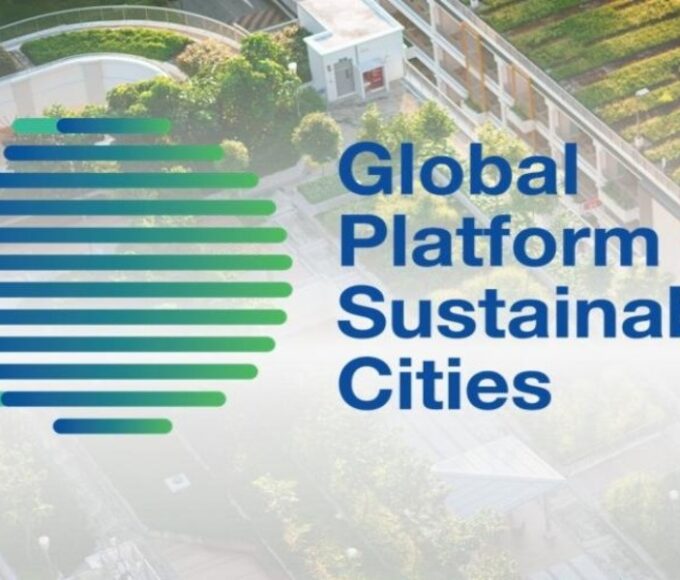U.S. Real Estate Market Outlook for 2025
As the U.S. real estate market heads into 2025, analysts are anticipating a year of continued change, marked by both challenges and opportunities. With the effects of the COVID-19 pandemic still reverberating across various sectors, the housing market faces multiple dynamics—including rising mortgage rates, shifting demand, and evolving preferences. Despite these hurdles, experts predict that the market will continue to adapt, presenting potential benefits for some buyers and sellers.
Housing Demand Trends in 2025
Housing demand in 2025 is expected to remain strong, though it will likely be affected by the high mortgage rates that have defined the current market. The Federal Reserve’s ongoing efforts to combat inflation have resulted in elevated interest rates, which are expected to persist into 2025. These higher rates could lead to a cooling effect on demand, especially for first-time buyers and those looking for larger homes.
However, there are key factors that may counterbalance this slowdown. Urban areas are likely to see sustained demand from millennials and Generation Z—two groups that are now entering the home-buying market. Many buyers are still drawn to suburban and semi-rural locations due to the flexibility of remote work and a desire for more space, driving demand for both single-family homes and apartments.
Housing Supply Challenges
On the supply side, inventory issues are expected to continue to shape the market in 2025. While there has been some increase in housing construction, the supply of available homes remains limited, particularly in affordable and mid-range price segments. This shortage is partly due to the lack of new housing development in many regions, regulatory challenges, and the rising costs of building materials.
For buyers, this means that competition for desirable properties is likely to persist, particularly in cities with strong job markets and those that offer access to good schools, amenities, and infrastructure. Sellers who are able to list well-maintained homes in desirable locations may benefit from a seller’s market, even with higher interest rates.
Impact of Mortgage Rates on Buyer Behavior
The continued rise in mortgage rates, though it has led to a slowing of home price growth, is expected to remain a primary consideration for homebuyers in 2025. Higher rates mean that buyers will face higher monthly payments, which could make some buyers cautious, especially those purchasing higher-priced homes. For this reason, many experts predict that demand will remain strong for lower-priced homes, particularly in more affordable markets, as buyers seek to minimize their financial commitment.
Buyers may also explore adjustable-rate mortgages (ARMs) to lock in a lower initial interest rate, though this comes with its own set of risks. Those able to qualify for favorable loans may still find opportunities, but for many buyers, purchasing power will be somewhat constrained.
Commercial Real Estate Outlook
Commercial real estate is also expected to face a mixed outlook in 2025. Office spaces, especially in major metropolitan areas, are likely to continue adjusting to the growing trend of remote work and hybrid office environments. The demand for traditional office spaces is expected to remain below pre-pandemic levels, but properties offering flexible workspaces or modern, amenity-rich features may see higher demand.
On the other hand, the retail sector could experience a rebound as consumer spending increases, though e-commerce trends continue to put pressure on brick-and-mortar stores. Warehousing and industrial properties, which have seen growth driven by e-commerce and logistics, may continue to experience rising demand in 2025.
Conclusion: A Year of Adjustment and Opportunity
The U.S. real estate market in 2025 will be shaped by a delicate balance between high mortgage rates, strong demand, and limited supply. For buyers, affordability challenges may remain, but opportunities still exist, especially in more affordable regions or with certain strategies, such as exploring lower-priced homes or flexible mortgage options.
For sellers, well-priced and well-maintained properties may continue to attract attention, especially if they are located in desirable markets with strong local economies. In the commercial sector, innovation and adaptability will be key, as office spaces and retail properties evolve in response to shifting consumer behavior and work trends.
Overall, 2025 is set to be a year of both challenges and opportunities, requiring buyers, sellers, and investors to stay informed and adapt to an evolving landscape.
Visit Latest Interviews
Recent Posts
Related Articles
Why You Should Think About Your Domain Extension Before You Think About The Name?
Think of your domain extension like a surname—it wraps up your web...
ByGlobal Leaders ViewAugust 19, 2025Germany’s ‘Energiewende’ Initiative: A Vision for a Sustainable Future
Germany’s ambitious energy transition, known as the Energiewende, aims to shift the...
ByGlobal Leaders ViewJanuary 27, 2025Global Platform on Sustainable Cities Established
In a groundbreaking move toward addressing the challenges of urbanization and climate...
ByGlobal Leaders ViewJanuary 27, 2025Singapore’s Green Urbanism Initiatives
Singapore, known for its modern skyline and bustling urban environment, is also...
ByGlobal Leaders ViewJanuary 27, 2025













Leave a comment